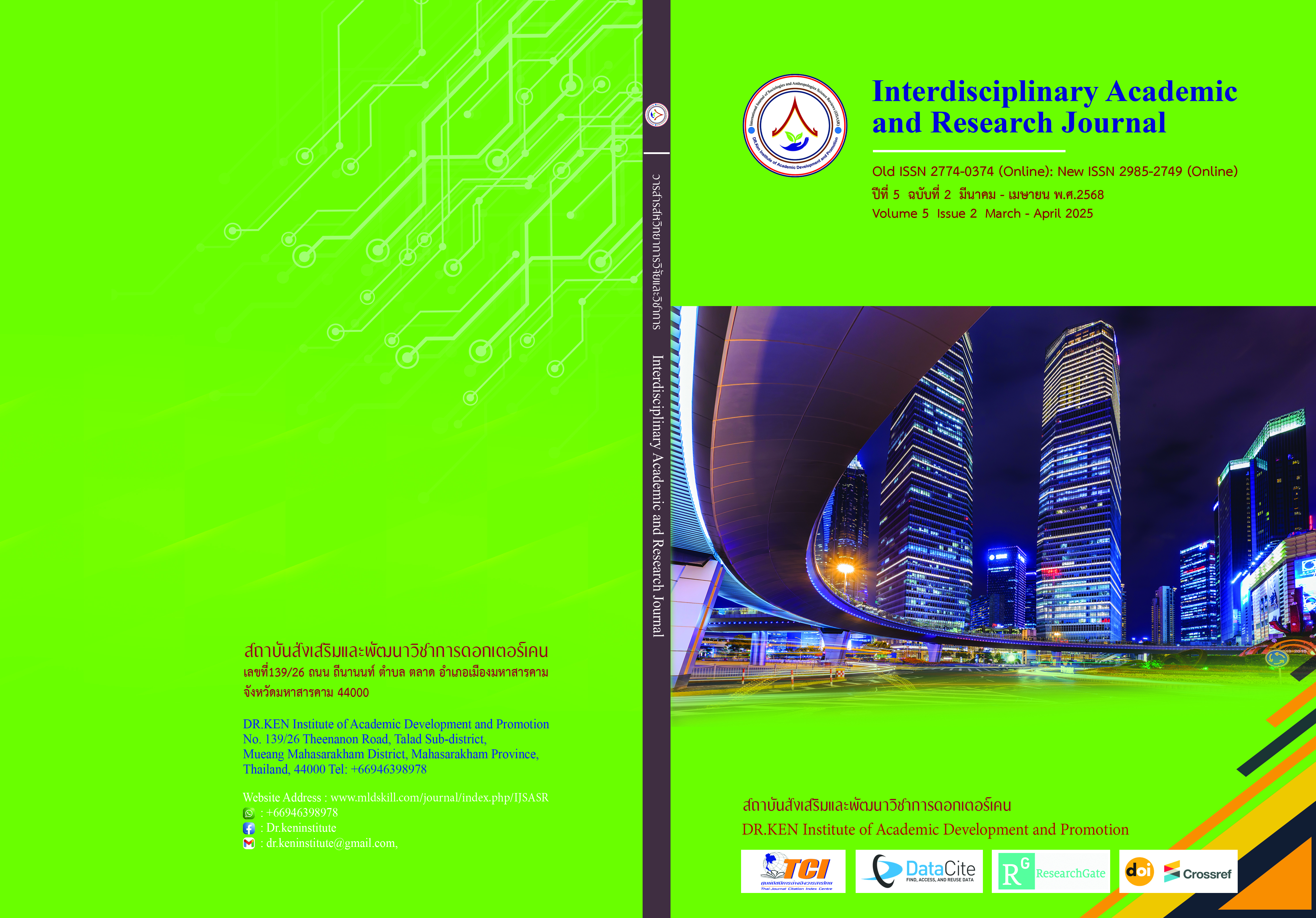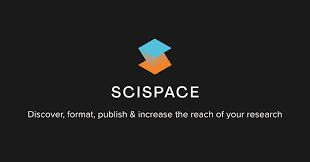Special Students’ Alternative Piano Course-based Universal Design for Learning Music
DOI:
https://doi.org/10.60027/iarj.2025.280410คำสำคัญ:
Universal Design for Learning (UDL), Piano Alternative Course Teaching, Special Students Course Designบทคัดย่อ
Background and Aims: In the context of globalization, informatization, and diversification, the education system breaks through traditional boundaries, integrates different educational forms, technologies, cultures, and resources, and builds a more inclusive, equitable, and adaptable education system. The "era of educational integration" emphasizes the popularization and fair distribution of educational resources, especially focusing on marginalized groups and special education groups. Inclusive education (special students studying in the same school as ordinary students) is also receiving more and more attention. In the face of the problem of diverse students' abilities and skills, higher education must establish a more inclusive teaching system. Universal Design for Learning (UDL) aims to expand learning opportunities for people with learning disabilities, allowing more students to master knowledge and skills, minimize learning barriers, and have fun. If the UDL framework is applied to piano teaching for college music education students, it will not only reduce the obstacles for learners with diverse abilities but also increase flexible and diverse learning styles. It can also help special learners adapt to the teaching profession after graduation. This research aims to investigate the individual differences among special students and to develop a piano teaching course based on the principles of Universal Design for Learning (UDL) to enhance inclusivity and effectiveness in music education.
Methodology: This qualitative study employed field surveys, semi-structured interviews, and participatory workshops to gather data from a diverse group of stakeholders, including students, teachers, parents, and psychologists, in Bangkok, Thailand, and Lanzhou, China. Talk for Reform seminar- workshop as Piano Alternative Course Rethinking for Special Students by UDL-CAST principle into reforming the new course as Piano Alternative Course for the development of piano lessons. A total of 44 participants, including 4 key informants and 40 survey respondents, were selected through random sampling and purposive sampling methods to ensure a representative and comprehensive understanding of the research problem.
Results: The results found that implementing a UDL-based piano teaching course significantly improved the learning environment, assessment standards, and individualized support for special students, resulting in better engagement and performance across three levels of students over 14 weeks. This research demonstrates the effectiveness of UDL in creating inclusive and adaptive piano teaching courses, offering valuable insights for educators and policymakers to enhance music education for special needs.
Conclusion: According to the study, a UDL-based piano teaching course significantly improved engagement, performance, and individualized support for special needs students. It demonstrates UDL's success in creating an inclusive, adaptive music education environment.
References
Al-Azawei, A., Parslow, P., & Lundqvist, K. (2017). Barriers and opportunities of e-learning implementation in Iraq: A case of public universities. International Review of Research in Open and Distributed Learning, 18(1), 230-249.
Al-Azawei, A., Parslow, P., & Lundqvist, K. (2017). Barriers and opportunities of e-learning implementation in Iraq: A case of public universities. International Review of Research in Open and Distributed Learning, 18(1), 230-249.
Hall, T. E., Meyer, A., & Rose, D. H. (2013). Universal Design for Learning in the Classroom: Practical Applications. New York, NY: Guilford Press.
Hall, T. E., Meyer, A., & Rose, D. H. (2013). Universal Design for Learning in the Classroom: Practical Applications. New York, NY: Guilford Press.
Jones, A. B. (2022). Gamification and social learning platforms: Enhancing student engagement in online learning environments. Journal of Educational Technology, 45(3), 123-145.
Jones, A. B. (2022). Gamification and social learning platforms: Enhancing student engagement in online learning environments. Journal of Educational Technology, 45(3), 123-145.
Meyer, A., & Rose, D. H. (2014). Universal Design for Learning: Theory and Practice. Wakefield, MA: CAST Professional Publishing.
Meyer, A., & Rose, D. H. (2014). Universal Design for Learning: Theory and Practice. Wakefield, MA: CAST Professional Publishing.
Ministry of Education of the People's Republic of China. (2019). Opinions on the implementation of first-class undergraduate courseshttp: //www.moe.gov.cn/jyb_xwfb/xw_fbh/moe_2606/2019/tqh20191031/sfcl/201910/t20191031_406261.html
Rao, K., & Meo, G. (2017). Using universal design for learning to design standards-based lessons. SAGE Open, 7(4), 1-12. https://doi.org/10.1177/2158244017737815
Rao, K., & Meo, G. (2017). Using universal design for learning to design standards-based lessons. SAGE Open, 7(4), 1-12. https://doi.org/10.1177/2158244017737815
Smith, J. A. (2021). The impact of multimedia and interactive content on student engagement and comprehension in hybrid and online learning environments. Journal of Educational Technology Research and Development, 69(3), 987-1005.
Smith, J. A. (2021). The impact of multimedia and interactive content on student engagement and comprehension in hybrid and online learning environments. Journal of Educational Technology Research and Development, 69(3), 987-1005.
Zhang, B. (2012). The application of "all-round teaching design" (UDL) thinking in college English teaching. Education and Teaching Forum. 8,134-135. doi: CNKI:SUN:JYJU.0.2012-08-075.
Zhang, L. (2013). The application of UDL in practical teaching in higher education. Beijing Education (Higher Education) (Z1).
Downloads
เผยแพร่แล้ว
How to Cite
ฉบับ
บท
License
Copyright (c) 2025 Interdisciplinary Academic and Research Journal

This work is licensed under a Creative Commons Attribution-NonCommercial-NoDerivatives 4.0 International License.
ลิขสิทธิ์ในบทความใดๆ ใน Interdisciplinary Academic and Research Journal ยังคงเป็นของผู้เขียนภายใต้ ภายใต้ Creative Commons Attribution-NonCommercial-NoDerivatives 4.0 International License การอนุญาตให้ใช้ข้อความ เนื้อหา รูปภาพ ฯลฯ ของสิ่งพิมพ์ ผู้ใช้ใดๆ เพื่ออ่าน ดาวน์โหลด คัดลอก แจกจ่าย พิมพ์ ค้นหา หรือลิงก์ไปยังบทความฉบับเต็ม รวบรวมข้อมูลเพื่อจัดทำดัชนี ส่งต่อเป็นข้อมูลไปยังซอฟต์แวร์ หรือใช้เพื่อวัตถุประสงค์ทางกฎหมายอื่นใด แต่ห้ามนำไปใช้ในเชิงพาณิชย์หรือด้วยเจตนาที่จะเป็นประโยชน์ต่อธุรกิจใดๆ














